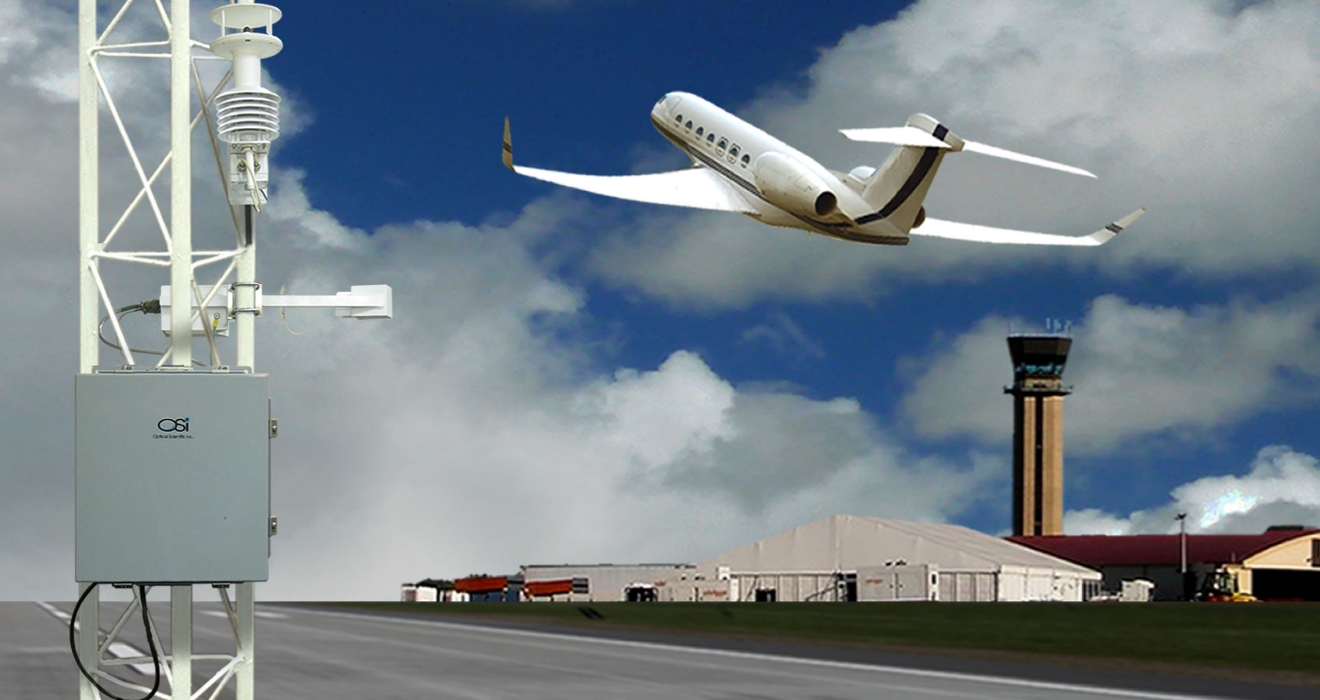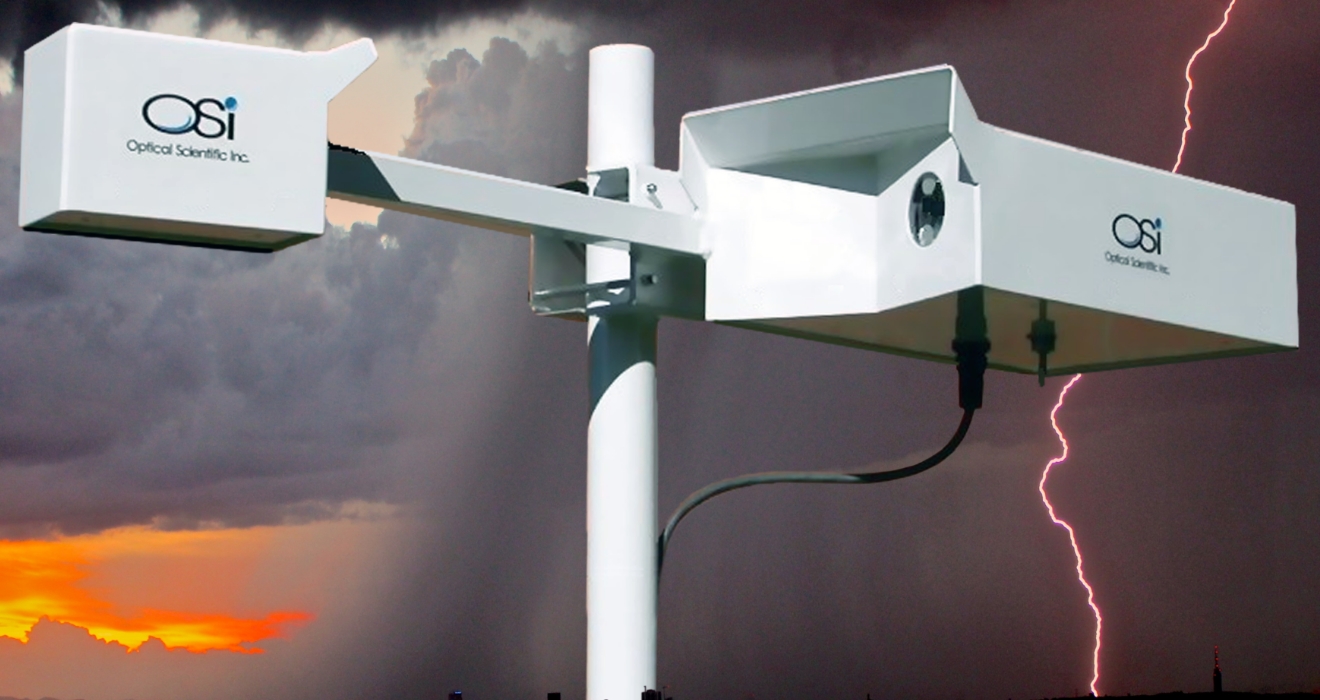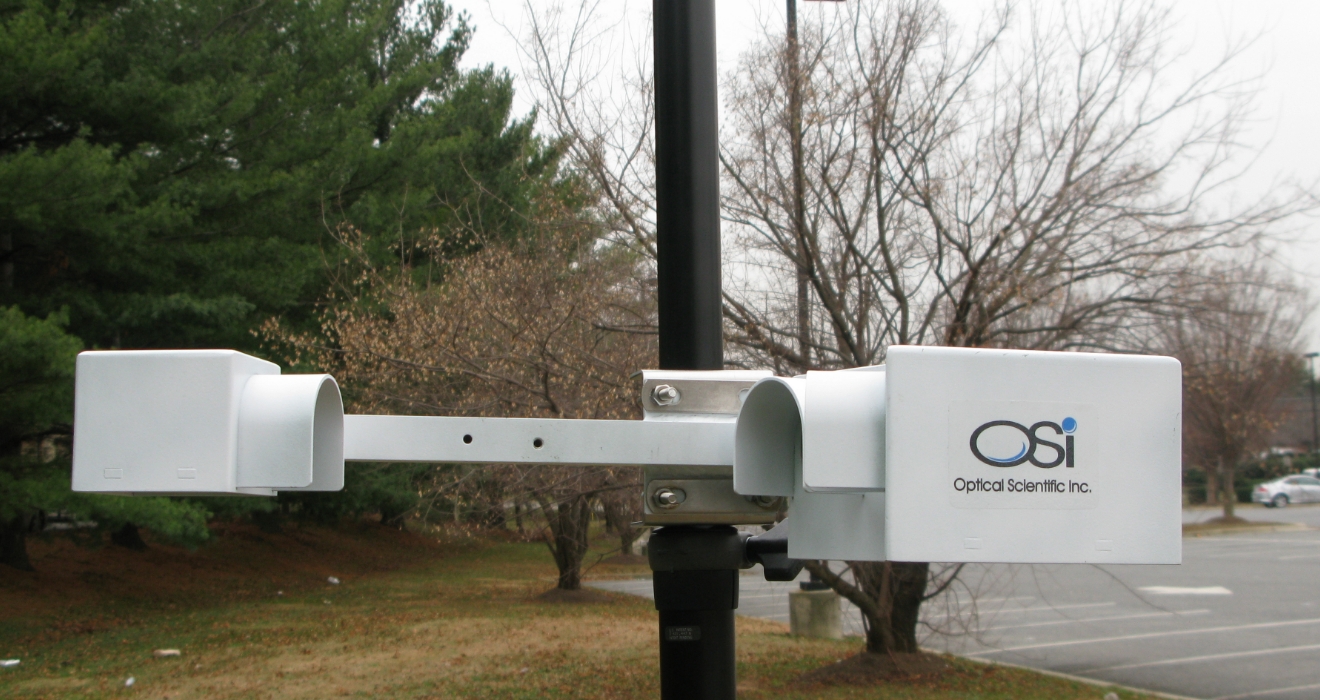Maintenance and Calibration of Optical Instruments: Best Practices!

In today’s technologically advanced world, optical instruments play a crucial role in various industries, from healthcare to manufacturing and beyond. These precision instruments, such as weather sensors, microscopes, spectrophotometers, process flow monitoring devices, and telescopes require regular maintenance and calibration to uphold their accuracy and longevity. In this comprehensive guide, we will delve into the best practices for maintaining and calibrating optical instruments, ensuring optimal performance and reliability.
Importance of Maintenance and Calibration
Optical instruments are designed to provide precise measurements and observations, making them indispensable tools in many fields. However, over a time, factors such as dust accumulation, mechanical wear, and environmental changes can affect their performance. Regular maintenance and calibration are essential to mitigate these issues and ensure consistent accuracy.
Maintenance Procedures
Cleaning
Dust and debris can accumulate on optical surfaces, affecting clarity and accuracy. Use a soft brush or compressed air to remove loose particles, followed by a gentle wipe with a microfiber cloth or lens cleaning solution for stubborn stains. To clean your optical devices, only use products specifically designed for this use. Avoid damaging lenses and sensitive surfaces by using alcohol-free, non-abrasive cleaning solutions. Avoid harsh chemicals that could cause irreversible damage to the equipment.
Procedure for Cleaning Lenses and Optical Surfaces
Lenses and other optical surfaces should be cleaned with great care. Use a soft, clean microfiber cloth to remove dust and dirt. The cloth can be dampened with a suitable cleaning solution if needed. To prevent scratches, gently wipe the surface with circular motions. Never apply cleaning solution directly to lenses.
Maintenance of Mechanical Components
In addition to the lenses, the mechanical components of the device, such as buttons, screws, and joints, also require special attention. Clean these parts regularly with a dry or slightly damp cloth to remove dust and debris. Lubricate moving parts with a lubricant suitable for optical devices, if necessary, to ensure smooth operation.
Storage
Proper storage is crucial to protect optical instruments from environmental factors such as humidity, temperature fluctuations, and exposure to light. Store instruments in a clean, dry environment with stable temperature and humidity levels. Optical devices should be stored in controlled environmental conditions to avoid damage caused by variations in temperature, humidity, and light. Maintain a stable and moderate temperature, ideally between 15°C and 25°C, and keep the relative humidity between 40% and 60%. Protect your equipment from direct exposure to sunlight and intense light sources.
Handling
Handle optical instruments with care to avoid mechanical damage or misalignment. Use protective covers or cases when transporting instruments and avoid touching sensitive optical surfaces with bare hands. For small devices or individual components, use protective cases made of soft, anti-static material to prevent scratches and dust accumulation.
Routine Inspection
Regularly inspect optical instruments for signs of wear or damage, such as scratches, cracks, or loose components. Look out for any issues and address them promptly to prevent further damage. Examine the device regularly for signs of wear or damage. Components such as cables, connections, and seals should be checked to ensure they are in good condition. If any parts are damaged or worn, replace them immediately to prevent the device from performing poorly.
Documentation and Recording of Maintenance
Keep a record of all cleaning and maintenance performed on your optical devices. Record dates, procedures performed, and observations regarding the condition of the equipment. Tracking maintenance history and planning future interventions will be easier with this documentation.
Calibration Procedures
Baseline Calibration
Establish a baseline calibration for each optical instrument to ensure initial accuracy. Follow manufacturer guidelines and use calibrated reference standards or test samples for calibration. Calibration should be carried out by a qualified professional or using certified reference standards.
Regular Calibration Checks
Schedule periodic calibration checks to verify instrument accuracy and identify any deviations from the baseline. Use certified calibration equipment and follow standardized procedures to ensure consistent results. According to the device’s type and use, calibration frequency varies. In general, it is recommended to calibrate optical measuring devices at least once a year. But, equipment used extensively or in demanding environments may need more frequent calibration, for example, they might need them every six months.
Adjustment and Fine-Tuning
If calibration checks reveal deviations from the baseline, perform adjustments or fine-tuning as necessary to restore accuracy. Consult manufacturer documentation or seek assistance from qualified technicians for complex adjustments.
Documentation of Results
Measurements before and after calibration, standards used, and any corrections made should be recorded. In order to track and trace the performance of a device, this documentation is essential.
Periodic Performance Verification
Beyond regular calibration, it’s crucial to periodically assess the device’s performance. Here are some methods for conducting these assessments:
- Accuracy Testing: Conduct precision tests by measuring known samples and comparing the results with the expected values. Significant deviations may indicate the need for calibration or repair.
- Visual Checks: Regularly examine the device for any indications of wear, damage, or contamination. Lenses, sensors, and other optical components must be free of dust and scratches.
- Evaluation of Operating Conditions: Make sure the device is functioning under optimal conditions, especially regarding temperature, humidity, and stability. Variations in these conditions may affect measurement accuracy.
Planning of Maintenance Interventions
Develop a maintenance and calibration timetable tailored to each optical measuring device. This timetable should outline particular dates for routine checks, calibrations, and inspections. By proactively scheduling these activities, you can predict maintenance requirements and reduce disruptions in equipment utilization.
Regularly conducting checks and calibrations ensures the continued accuracy, reliability, and optimal functionality of your optical measuring devices. This proactive approach contributes to maintaining the quality of care and services delivered to your customers.
Storage and Protection of Your Optical Equipment
Proper storage and protection of your optical measuring devices are essential to preserve their integrity and extend their lifespan. Incorrect storage can cause permanent damage and malfunctions. Follow these tips to ensure the best protection for your optical equipment:
Ideal Storage Conditions
Optical devices should be stored in controlled environmental conditions to avoid damage caused by variations in temperature, humidity, and light. Maintain a stable and moderate temperature, ideally between 15°C and 25°C. Avoid rapid temperature variations that can cause condensation inside the devices. Keep the relative humidity between 40% and 60%. Humidity that is too high can lead to mold and corrosion, while humidity that is too low can dry out rubber and plastic components. Protect your equipment from direct exposure to sunlight and intense light sources.
Use of Boxes and Protective Cases
Keep your optical devices in specially designed protective boxes or cases to shield them from shock, vibration, and dust. Use rigid boxes with foam lining to protect equipment from shock and vibration. Ensure the box is robust enough to accommodate the device’s weight and size. For small devices or individual components, use protective cases made of soft, anti-static material to prevent scratches and dust accumulation. When devices are in use but need to be protected between sessions, use dust covers or protective covers to prevent the accumulation of dirt and dust.
Labeling and Organization
Good organization and clear labeling of your optical measurement equipment make it easier to manage and minimize the risk of loss or damage. Label each box, case, or compartment with clear information about the contents and required storage conditions. Implement an inventory system to monitor the location and condition of each device, simplifying the management of maintenance and calibration schedules. Organize different types of devices and accessories separately to prevent confusion and potential accidental damage.
Security and Protection Measures
Ensure your optical equipment is stored in a secure environment to prevent theft and unauthorized access. Limit access to optical equipment storage areas to authorized and trained personnel only. Deploy security measures such as surveillance cameras, alarms, and access controls to safeguard your equipment against theft and unauthorized access. Take out insurance to cover your optical equipment against accidental damage, loss, and theft.
Precautions During Transport
If you must transport your optical devices, take extra precautions to avoid damage. Utilize premium packaging materials like wooden crates, sturdy boxes with foam padding, and anti-static bags to safeguard devices during transit.
Ensure that those responsible for transport are trained to handle optical equipment with care and follow specific transport instructions. Maintain transport conditions similar to those of storage in terms of temperature and humidity to avoid sudden variations that could damage the devices.
By adhering to these suggestions for storing and safeguarding your optical equipment, you can maintain their optimal working condition, prolong their lifespan, and guarantee the quality of measurements and services provided to your customers.
Conclusion
Proper maintenance, verification, and storage of your optical measuring devices are essential practices to ensure their longevity and precision. By regularly cleaning your equipment with the appropriate products, carrying out periodic calibrations, and respecting optimal storage conditions, you protect your investments and maintain the quality of the services you offer to your customers.
We design and build the most advanced optical instruments in the world for measuring precipitation, air flow, turbulence, and visibility. For over thirty years we have been engaged in a constant research and development program to ensure our position as world leader. Our sensors and systems serve airports, highways, railroads, sea-borne vessels, smelters, power plants, refineries, and hundreds of other commercial and industrial sites around the world.
For any type of requirements, proposal submissions, research projects; feel free to contact us via info@opticalscientific.com or call us at 301-963-3630.


